IPPCAAS Reveals Geminiviral Effector βC1 Suppresses Chloroplast Immunity by Disrupting the OSB1–ALD1 Module
Chloroplasts are not only vital sites for photosynthesis but also play key roles in plant immunity. Among chloroplast-localized proteins, AGD2-LIKE DEFENSE RESPONSE PROTEIN 1 (ALD1) contributes to both local and systemic immunity through the biosynthesis of the immune signaling molecule pipecolic acid (Pip). However, the mechanisms regulating ALD1 stability and how pathogens interfere with this pathway remain largely unknown.
Recently, Journal of Integrative Plant Biology (IF 9.3) published a paper entitled “The geminiviral βC1 effector subverts chloroplast immunity by disrupting the OSB1-ALD1 module.” The study, led by the Innovative Research Team on Functional Genomics of Crop Pathogens, revealed that the βC1 protein encoded by the satellite molecule (TYLCCNB) associated with Tomato yellow leaf curl China virus (TYLCCNV) promotes ALD1 degradation by interfering with the plant-specific Organellar single-stranded DNA-binding protein 1 (OSB1), thereby blocking Pip biosynthesis and suppressing plant immunity.
Through yeast two-hybrid screening, βC1 was found to directly interact with OSB1. This interaction was further validated by BiFC and Co-IP assays in plant cells. CRISPR-Cas9 knockout plants lacking OSB1 showed more severe symptoms and higher viral accumulation after TYLCCNV/TYLCCNB infection, confirming the positive role of OSB1 in antiviral immunity. Additional experiments demonstrated that OSB1 also interacts with ALD1, enhances its stability, and promotes Pip production. Loss of ALD1 similarly led to increased viral susceptibility, while overexpression of OSB1 in ALD1-silenced plants failed to confer resistance, indicating that OSB1 functions depend on ALD1.
Mechanistic analysis revealed that βC1 binds OSB1, mislocalizing it to the cytoplasm and preventing its import into chloroplasts, thereby disrupting the OSB1–ALD1 interaction. Structural prediction and mutagenesis identified Tyr110 and Phe113 of βC1 as critical residues for OSB1 binding. Mutant βC1 proteins lacking this interaction failed to mislocalize OSB1 or disrupt its interaction with ALD1. Plants infected with these mutant viruses displayed milder symptoms and reduced viral accumulation, further confirming the role of the βC1–OSB1–ALD1 module in viral pathogenesis.
The study systematically demonstrated that βC1 undermines chloroplast immunity by hijacking OSB1 and destabilizing ALD1, leading to impaired Pip biosynthesis. This discovery uncovers a new viral strategy to suppress plant immune responses and provides fresh insights into chloroplast-mediated defense and viral immune evasion.
Prof. Zhou Xueping and Dr. Li Fangfang of IPPCAAS, together with Prof. Mei Yuzhen of Zhejiang University, are the corresponding authors of this paper. The work was supported by the National Key R&D Program of China and the National Natural Science Foundation of China.
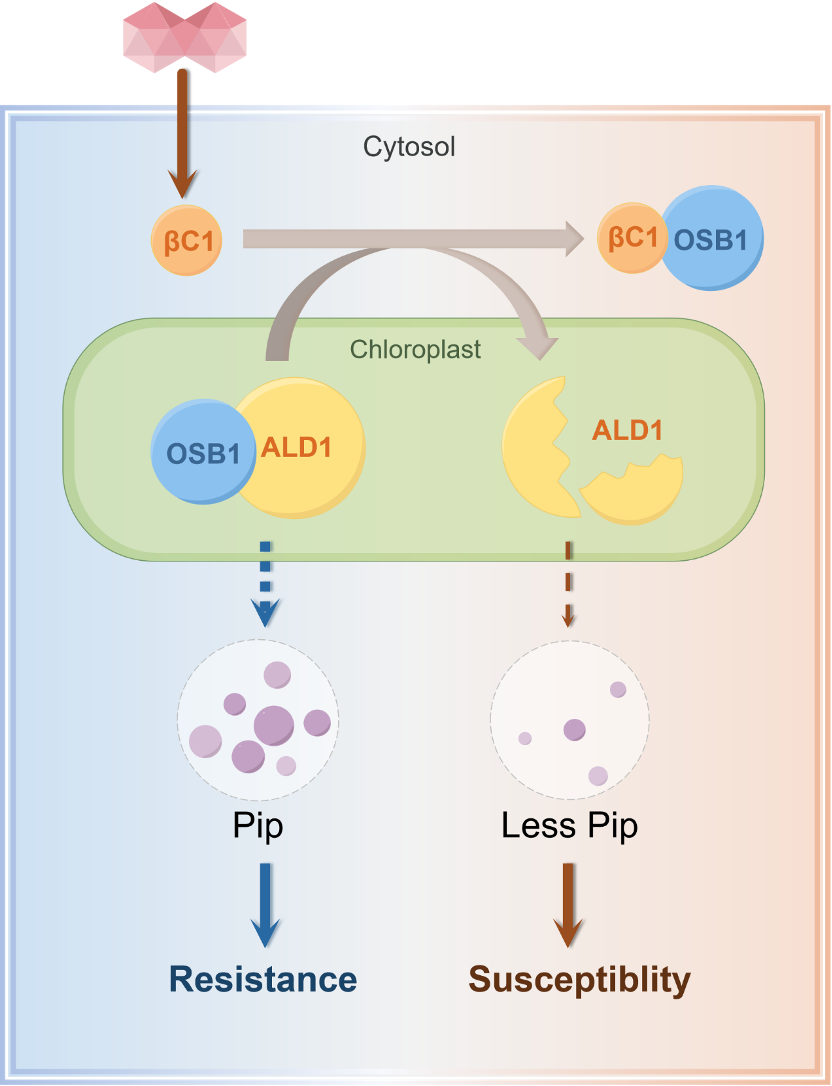
Link:https://doi.org/10.1111/jipb.13959
-
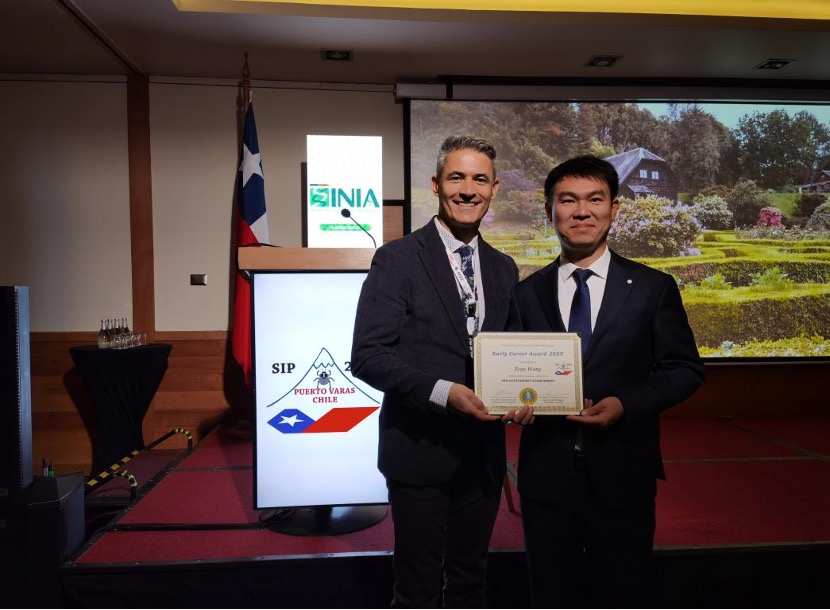 IPPCAAS Expert Wins the Society for Invertebrate Pathology Early Career Award
IPPCAAS Expert Wins the Society for Invertebrate Pathology Early Career Award -
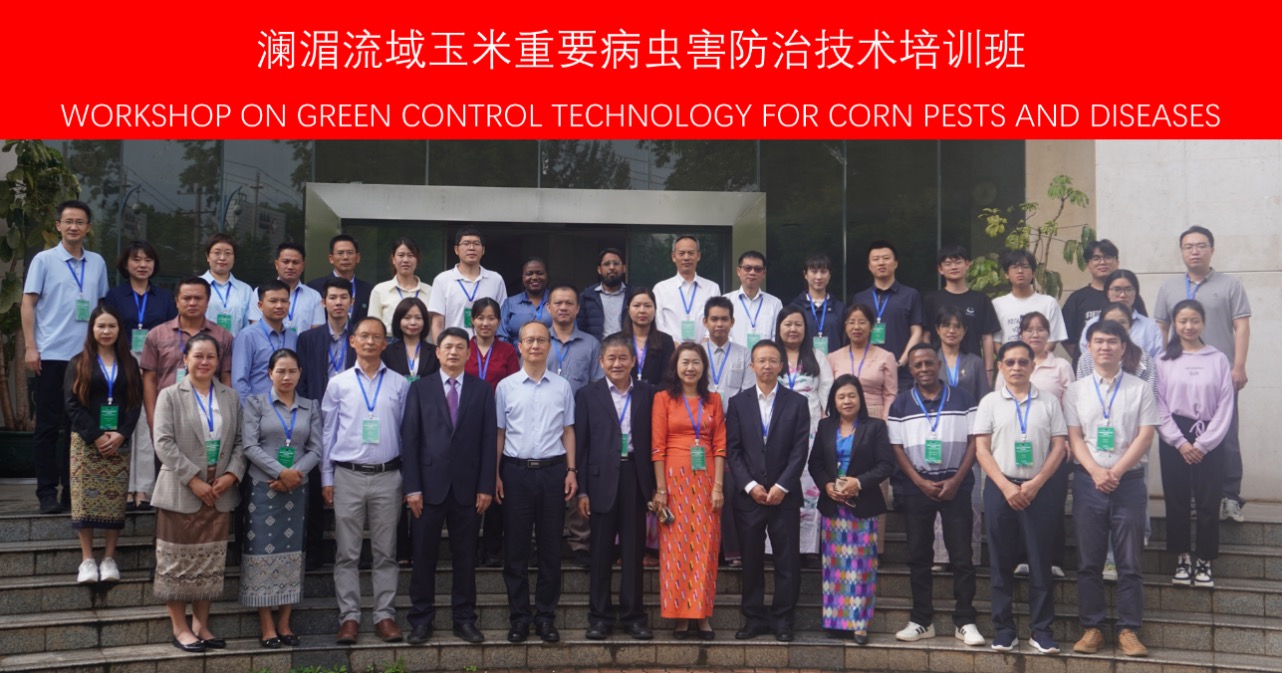 Workshop on Green Control Technology for Corn Pests and Diseases in the Lancang-Mekong Region successfully held in Kunming
Workshop on Green Control Technology for Corn Pests and Diseases in the Lancang-Mekong Region successfully held in Kunming -
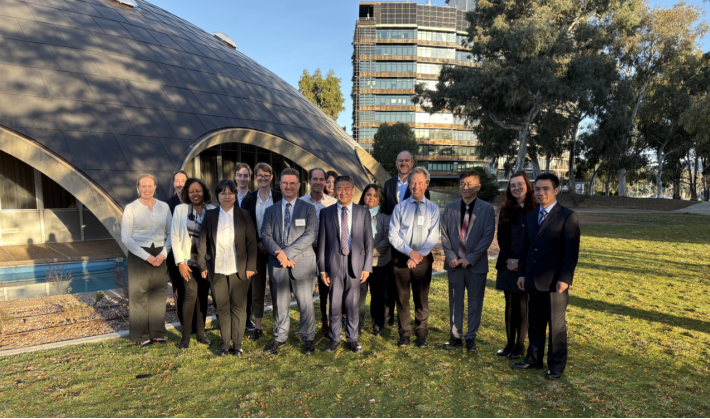 IPPCAAS Experts Visit Australia to Promote In-Depth China–Australia Cooperation in Plant Biosafety
IPPCAAS Experts Visit Australia to Promote In-Depth China–Australia Cooperation in Plant Biosafety -
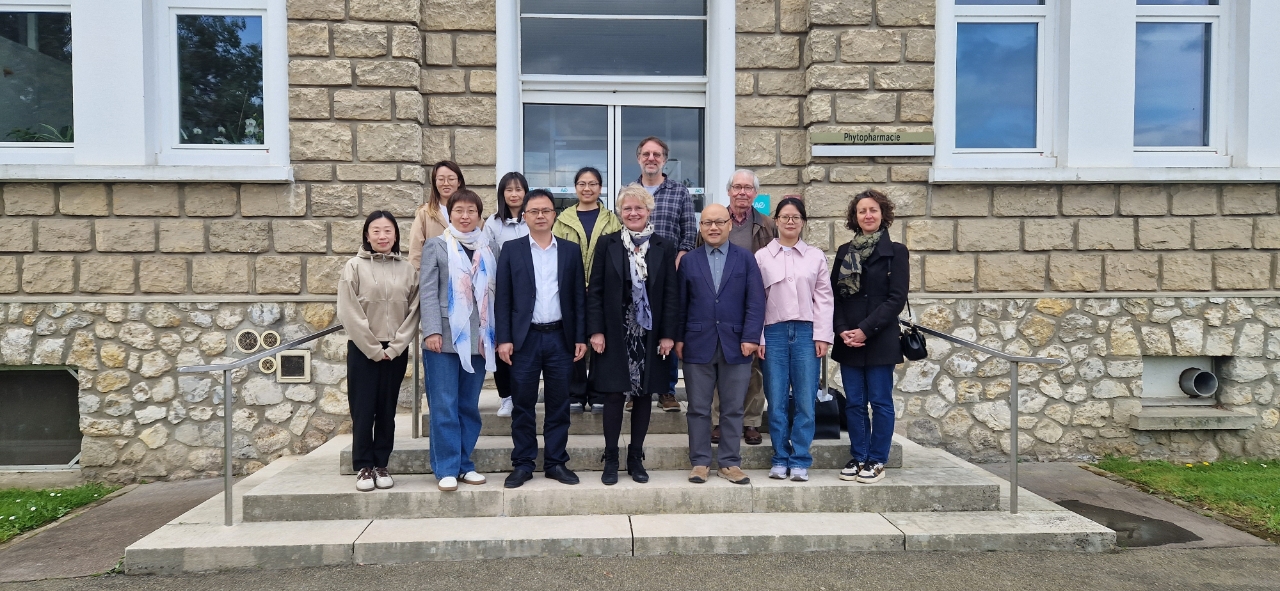 China-France cooperation in plant protection was further strengthened
China-France cooperation in plant protection was further strengthened
